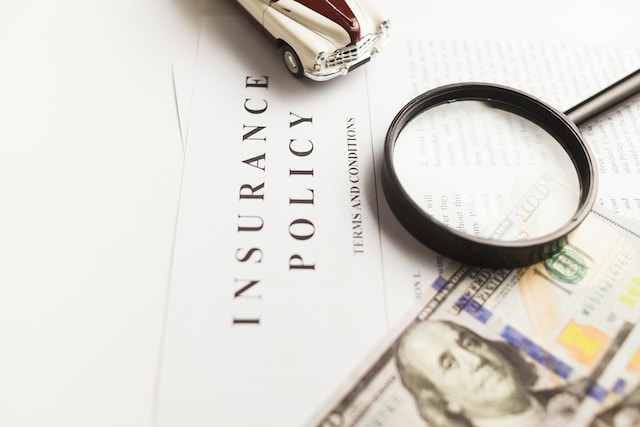Operating a business reliant on vehicles is a significant challenge. Whether you manage a fleet of delivery trucks or service vehicles or your employees drive for work, comprehending the intricacies of (CAI) is vital. This guide aims to simplify the complexities of (CAI), equipping businesses with the knowledge required to effectively navigate this essential facet of risk management.
Understanding (CAI):
Commercial auto insurance is tailored to shield businesses and their vehicles from financial loss stemming from accidents, theft, or unforeseen incidents. It surpasses the coverage provided by personal auto insurance, addressing the unique risks linked to business-related vehicle use. From small enterprises with a single company car to large corporations overseeing extensive fleets, all businesses with vehicles on the road must contemplate the nuances of (CAI).
Key Components of (CAI):
- Liability Coverage:
(CAI) typically encompasses liability coverage, playing a pivotal role in covering bodily injury or property damage for which your business is deemed responsible. This fundamental coverage not only shields your business from potential lawsuits and legal expenses arising from accidents but also ensures financial stability by mitigating the impact of unforeseen liabilities.
By addressing these potential challenges, liability coverage becomes an indispensable safeguard, allowing businesses to navigate the dynamic landscape of commercial vehicle operations with confidence and peace of mind.
- Physical Damage Coverage:
This element of (CAI) is pivotal in mitigating financial setbacks by covering the repair or replacement costs for your vehicles in the aftermath of an accident. It includes both collision coverage (for accidents involving other vehicles) and comprehensive coverage (for non-crash incidents such as theft, vandalism, or natural disasters). Together, these elements form a comprehensive defense, strengthening your business against a range of potential road-related risks.
- Uninsured/Underinsured Motorist Coverage:
In situations where your business vehicle is involved in an accident with an underinsured or uninsured driver, this coverage steps in to bridge the financial gap. This ensures that your business isn’t burdened with financial responsibility when the at-fault party cannot cover the damages.
Uninsured/underinsured motorist coverage acts as a financial safety net, providing peace of mind for businesses by filling the void left by inadequately insured drivers, thereby preserving the financial stability of your business in the face of unexpected and costly incidents on the road.
- Medical Payments Coverage:
Regardless of responsibility, this coverage helps to pay for your passengers’ and your own medical expenditures. It proves invaluable in covering immediate medical costs, ensuring that necessary treatment is not delayed due to concerns about insurance coverage.
In addition, it promotes a quick recovery process, allowing individuals to focus on healing rather than grappling with financial uncertainties, thus contributing to the overall well-being and resilience of those involved in an accident.
If your business depends on employees utilizing their personal vehicles for work or occasionally renting vehicles, this coverage offers essential protection. It extends your (CAI) to cover rented or non-owned vehicles, ensuring that your business is shielded from potential liabilities and financial risks in scenarios involving borrowed or rented vehicles.
This comprehensive approach minimizes potential gaps in coverage, offering a more robust safeguard for your business against unforeseen incidents involving non-owned or temporary vehicles.
Choosing the Right Coverage:
Choosing an appropriate (CAI) requires a comprehensive assessment of your business’s distinct requirements and risks. Considerations such as the type of vehicles you operate, frequency of usage, and the nature of your business activities all play a pivotal role in determining the most appropriate coverage.
Collaborating with an experienced insurance agent, well-versed in the intricacies of (CAI), is advisable. Their expertise allows them to guide you through the process of evaluating coverage options, ensuring you not only meet regulatory requirements but also acquire a comprehensive policy tailored specifically to your business’s nuanced requirements and potential risks.
Cost Considerations:
While the cost of (CAI) is a significant factor for businesses, it should be viewed as an investment in protecting your assets and maintaining operational continuity. Premiums are influenced by various factors, such as vehicle type, coverage limits, employee driving history, and the overall risk profile of your business.
Allocating resources to secure comprehensive coverage not only mitigates financial risks but also ensures the resilience and stability of your business in the face of unforeseen challenges, reinforcing the importance of a well-rounded risk management approach.
Conclusion:
Comprehending and choosing the appropriate (CAI) is essential for businesses that depend on vehicles. Partnering with experienced professionals safeguards against financial losses from accidents and unforeseen events, offering confidence and a robust risk management strategy for navigating the complexities of the road.
